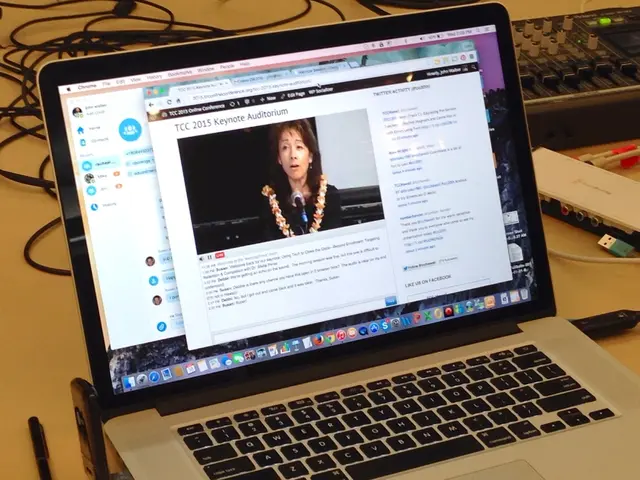Data leak at Allianz Life Insurance affects personal info of 1.4 million US residents
Allianz Life Insurance Company of North America Suffers Data Breach
Allianz Life Insurance Company of North America has suffered a data breach, with hackers accessing the personal information of 1.4 million customers, financial professionals, and employees. The breach, which occurred on July 16, 2025, was discovered the next day, and the investigation remains ongoing. Affected individuals are being contacted.
The intrusion targeted a third-party, cloud-based customer relationship management (CRM) platform, not Allianz Life’s own internal networks or critical policy administration platforms. The attack exploited human psychology rather than technical system vulnerabilities, representing a supply-chain risk originating from the vendor’s environment.
The attackers gained access by impersonating IT helpdesk personnel, a common social engineering technique designed to manipulate employees into revealing credentials or providing system access. Allianz Life promptly notified federal authorities, including the FBI, and launched containment efforts after detecting the breach.
This incident highlights the increasing cybersecurity risks attached to vendor and cloud service providers, particularly through social engineering attacks that circumvent traditional defenses by exploiting personnel trust.
In response to the breach, Allianz Life encourages individuals to check their accounts for strange activity, such as unknown charges, logins from unfamiliar devices, or new accounts or lines of credit that were not opened. Early detection makes a big difference.
Individuals should also take additional precautions to protect their personal information. Enabling two-factor authentication (2FA) for email, banking, and insurance logins can make unauthorized access much harder. A credit freeze on files with Equifax, Experian, and TransUnion stops criminals from opening new accounts in an individual's name. It's free, easy to set up, and can be lifted temporarily when needed.
After a data breach, attackers often follow up with phishing emails or phone calls. Unsolicited messages should not be clicked on, and any claims should be verified through official channels before responding. If someone is misusing an individual's identity, go to IdentityTheft.gov for step-by-step help and to generate the letters and reports needed to stop the fraud.
Identity theft companies can also monitor personal information like Social Security number, phone number, and email address, and alert individuals if their information is being sold on the dark web or used to open an account. All important accounts' passwords should be changed, using strong, unique passwords for each account. Consider using a password manager to securely store and generate complex passwords.
Despite the breach, Allianz Life has taken immediate action to contain and mitigate the issue. However, the company has not specified what kind of customer data was taken, raising serious concerns about the protection of personal data. This serves as a reminder for individuals to remain vigilant and proactive in safeguarding their personal information.
- The data breach at Allianz Life Insurance Company of North America, although not directly targeting their internal networks, highlights the growing risks and vulnerabilities in the technology industry, specifically in the realm of cybersecurity, particularly when it comes to supply-chain risks, such as social engineering attacks.
- As a consequence of the breach, it's crucial for affected individuals to safeguard their personal information by taking proactive measures, such as enabling two-factor authentication for email, banking, and insurance logins, setting up a credit freeze, and being vigilant against phishing attempts and identity theft.
- Post the incident, Allianz Life emphasizes the importance of early detection in handling breaches, encouraging individuals to check for unusual activity, strong password usage, and the utilization of identity theft companies for continuous monitoring and alerts.




